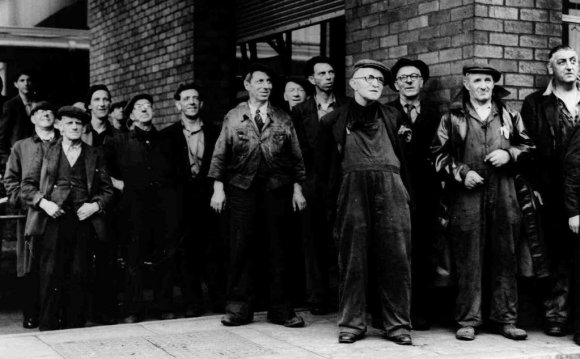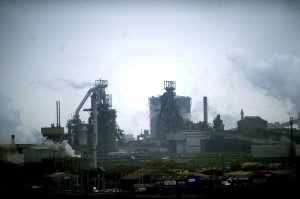
 Through the elevated system of the M4 motorway, the Port Talbot steelworks appears as a domineering and immovable function associated with landscape. For 1000s of commuters which make the day-to-day journey over the city, it stays Port Talbot’s many emblematic symbol. We're regularly told that Wales is a post-industrial country, although Port Talbot steelworks is a continuing reminder of this enduring significance of the metallurgical industries to your economic and social life.
Through the elevated system of the M4 motorway, the Port Talbot steelworks appears as a domineering and immovable function associated with landscape. For 1000s of commuters which make the day-to-day journey over the city, it stays Port Talbot’s many emblematic symbol. We're regularly told that Wales is a post-industrial country, although Port Talbot steelworks is a continuing reminder of this enduring significance of the metallurgical industries to your economic and social life.
For over a century, Port Talbot’s skyline has-been dominated because of the towering blastfurnaces of its steelworks. Steelmaking started in the town through the very first decade for the twentieth century, but it had not been until following the Second World War that Port Talbot became globally synonymous with metallic.
The state unveiling of city’s modern steelworks, The Abbey Functions, in 1951 represented the culmination quite committed industrial project undertaken in Britain because the war. Around the world, hit reports celebrated the plant as the largest and most modern steelworks in Europe.
The record of Welsh business because the 2nd World War often creates gloomy reading, but, up until the sixties, metallic was regarded as a national success tale. Steelworks at Port Talbot, Ebbw Vale, Llanwern and Shotton were on a regular basis breaking production documents. By the 1950s, south Wales had also overtaken the north-east of England to become Britain’s primary metallic creating region. A decade later, how many steel workers in Wales exceeded how many colliers.
Need for the Port Talbot’s sheet steel had been fuelled by the introduction of a burgeoning post-war consumer culture. Metal from Port Talbot facilitated the expanding market for motorcars and customer durable goods, such as refrigerators and washing machines, that have been emblematic of Britain’s affluent culture during 1950s.
The high wages earnt by Port Talbot steelworkers in addition ensured that lots of of these could actually enjoy the goods their steel aided create. Port Talbot was dubbed a ‘boom city’ and its steelworks nicknamed ‘Treasure Island’.
The halcyon age of Port Talbot’s metallic industry, but proved temporary. The 1970s and 1980s had been difficult years when it comes to plant, marked by commercial disharmony and economic downturn. Having peaked at over 18, 000 workers in 1961, the plant’s staff today stands at significantly less than 4, 000. Inspite of the tribulation of previous years, recent financial investment offers reasons for future optimism together with Port Talbot steelworks remains the nucleus of British metallic industry.
Bleddyn Penny is an historian of modern-day Wales and Britain, with a certain fascination with the real history of industrial communities, commercial relations and all sorts of things ‘metal’. He studied record at universities of York and Cardiff and it is at this time a PhD pupil at Swansea University. Due to the fact boy of an Ebbw Valian, he's a longstanding interest in the annals of this Welsh steel industry and his newest publication had been articles on commercial welfare at the Ebbw Vale steelworks. Continuing the metallic theme, their ongoing PhD thesis is an oral history of Port Talbot’s steelworkers.










